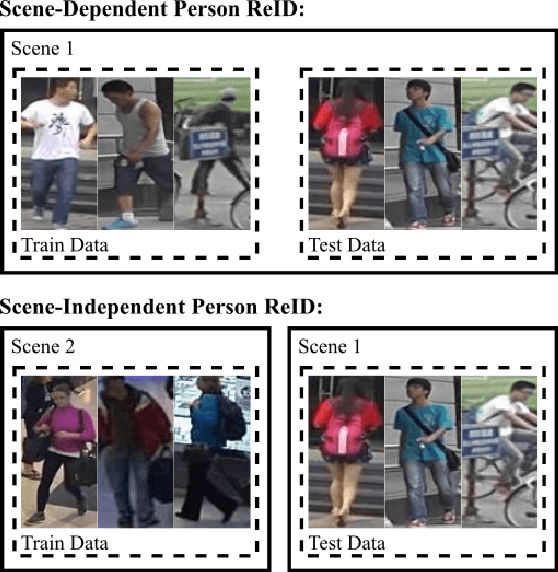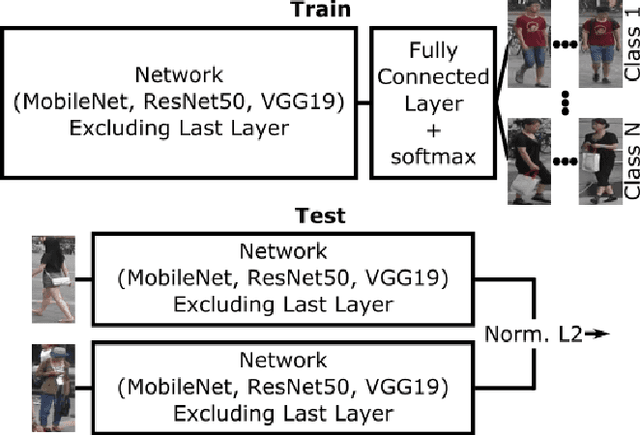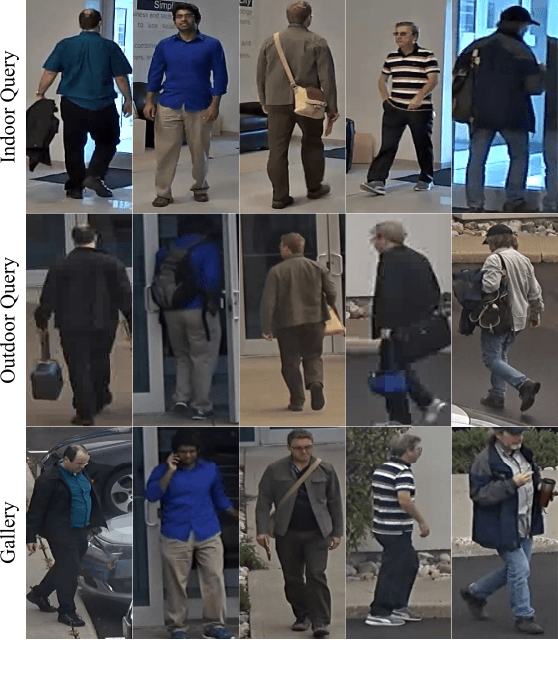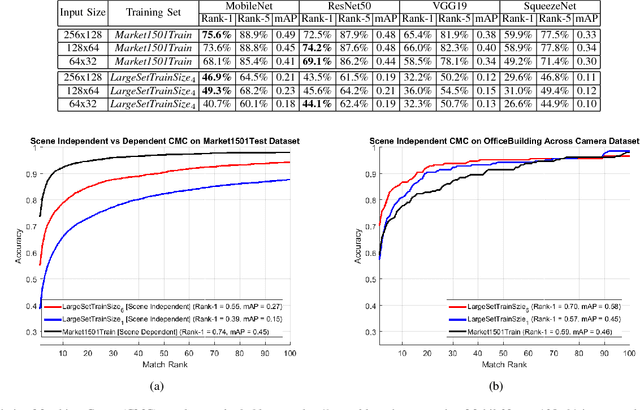An Evaluation of Deep CNN Baselines for Scene-Independent Person Re-Identification
Paper and Code
May 16, 2018



In recent years, a variety of proposed methods based on deep convolutional neural networks (CNNs) have improved the state of the art for large-scale person re-identification (ReID). While a large number of optimizations and network improvements have been proposed, there has been relatively little evaluation of the influence of training data and baseline network architecture. In particular, it is usually assumed either that networks are trained on labeled data from the deployment location (scene-dependent), or else adapted with unlabeled data, both of which complicate system deployment. In this paper, we investigate the feasibility of achieving scene-independent person ReID by forming a large composite dataset for training. We present an in-depth comparison of several CNN baseline architectures for both scene-dependent and scene-independent ReID, across a range of training dataset sizes. We show that scene-independent ReID can produce leading-edge results, competitive with unsupervised domain adaption techniques. Finally, we introduce a new dataset for comparing within-camera and across-camera person ReID.
 Add to Chrome
Add to Chrome Add to Firefox
Add to Firefox Add to Edge
Add to Edge